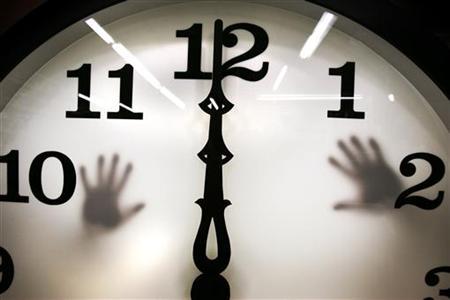Daylight Saving Time 2015: all you need to know about the changing of the clocks

With the holiday season and the end of the year fast approaching, it is very noticeable that days are starting to get shorter and the nights longer. Unsurprisingly, people across the nation have started counting down the days until they have to set their clocks back an hour in observance of the end of Daylight Saving Time. While every year all Americans adjust to the time change, only a few know the specific details about Daylight Savings time.
So what is DST and why do we as a nation observe it?
According to the National Institute of Standards and Technology, the observance of DST takes place when clocks are moved one hour ahead or behind in order to take advantag of more daytime hours in a year. In the States, Daylight Saving Time was introduced in 1918 and with the exception of Hawaii, American Samoa, Guam, Puerto Rico, the Virgin Islands and Arizona, all states in the country are required to observe DST.
There is no denying that the transition to daylight savings time can get confusing. Thankfully, some tips about adjusting to the time change can already be found online.
According to a report by iDigital Times, it is smart to adjust the analog clocks in the vicinity a few days before the time change. Doing this would make the change a little less shocking.
The Cleveland Clinic also explains how gradually adjusting one's daily routine would help ease people into DST. Daylight Saving Time observers should try to wake up 15 minutes or earlier a few days before DST starts. In as much as the adjustment to the waking up is important, the clinic advices DST participants to turn in at night a little bit earlier than they are used to.
The official end of the Daylight Saving Time for this year is on Nov. 1.